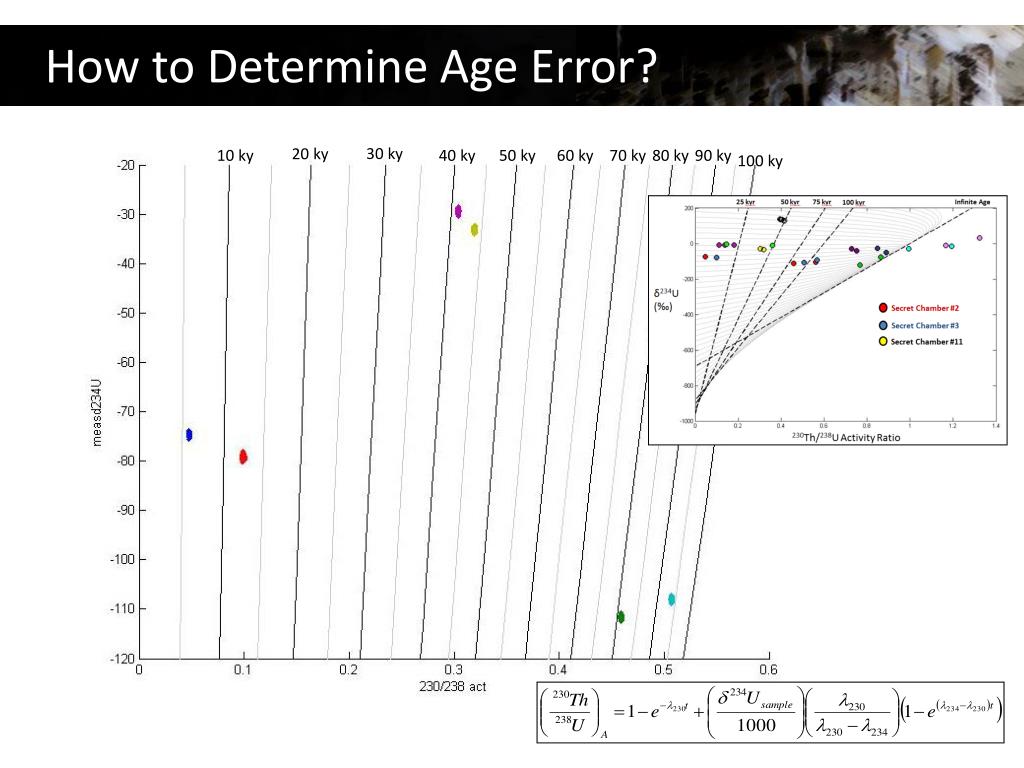Outward indications of A Put On Controls Center Having. Signs and symptoms of a worn controls center bearing vary in seriousness.
Some is likely to be tough to discover, resulting in damage before corrective activity can be used. The timeframe whereby damage starts is related to driving conditions and/or the mechanized methods which were accompanied at set up. Sounds is actually a vintage indication of a bad wheel bearing or wheel hub having. Below are a few signs of a worn controls center bearing and other wheel-end scratches:
• Snapping, pressing or popping.
This can show an used or damaged exterior CV-joint. However, it can getting pertaining to extortionate having endplay, typically of inadequate clamping. This sounds is normally read whenever cornering or producing razor-sharp turns.
• Grinding whenever the automobile is within motion.
Usually, this simply means there can be mechanical harm in a wheel-end program. About a bearing, this means a loss in stability such as roller or raceway scratches.
The noise is normally heard whenever turning or if you have a shift in load.
• slamming or clunking.
This will alert too much play from inside the CV-joints or U-joints. What’s more, it is generally caused by higher backlash for the differential gears. This is not usually of bearings and is normally read possibly whenever moving from changing guidelines, instance from toward change or transitioning from accelerating to coasting.
• Humming, rumbling or growling.
These sounds are usually connected with tire, electrical or drivetrain elements. If bearing-related, the sounds or vibration exists when driving in a right line, but intensifies whenever flipping the controls somewhat to the left or correct. Generally, the medial side opposite the rumbling could be the faulty part.
• controls vibration and/or wobble.
This will be typically connected with a destroyed or worn tire, controls or suspension system element or severe frame misalignment. When related to the center or having, this generally show the increased loss of clamp or a bearing with severe mechanical damage. In addition it can occur whenever lug peanuts commonly correctly torqued.
• Shudder, shimmy or vibration at a constant performance.
This will be generally involving worn or wrecked suspension system hardware or wheels which can be out-of-balance or out-of-round.
It’s not typically indicative of hub or having damage.
• unusual side draw when brake system become used.
This can be usually indicative of a faulty caliper or equalizer, but it addittionally tends to be a sign of worn out brakes or rotors. But extreme looseness pertaining to a bearing may also trigger extortionate runout, which might result in the brakes to pulsate or pulling. The most widespread influence is a warped rotor as a result of the caliper not retracting.
• Uneven rotor or brake pad use.
This is certainly usually indicative of a poor caliper and/or a negative equalizer, that’s perhaps not bearing-related. Extreme looseness linked to a worn out or broken having could cause extortionate runout, that could bring uneven use throughout the brake shields and/or rotor. The most widespread cause is actually a warped rotor because of the caliper perhaps not retracting.
• Abnormal or uneven tire wear.
There’s a lot of factors behind irregular tire wear. The most typical is worn or hurt suspension ingredients, misalignment, improper rising cost of living or tire collection. While extreme bearing wear or looseness trigger abnormal tire wear, it’s typically connected with some other failure modes.
• abdominal muscles problems, that could be external or internal for the bearing or hub bearing system.
In extreme cases, internal and external devices can be damaged from exorbitant activity as a result of excessive end-play. This suggests a lack or loss of supporting clamp. This generally comes from extreme mechanical break up or scratches. (Moreover, in designs where sensor was attached outwardly, detector scratches can result from corrosion  , stones as well as other hazards.)
, stones as well as other hazards.)
